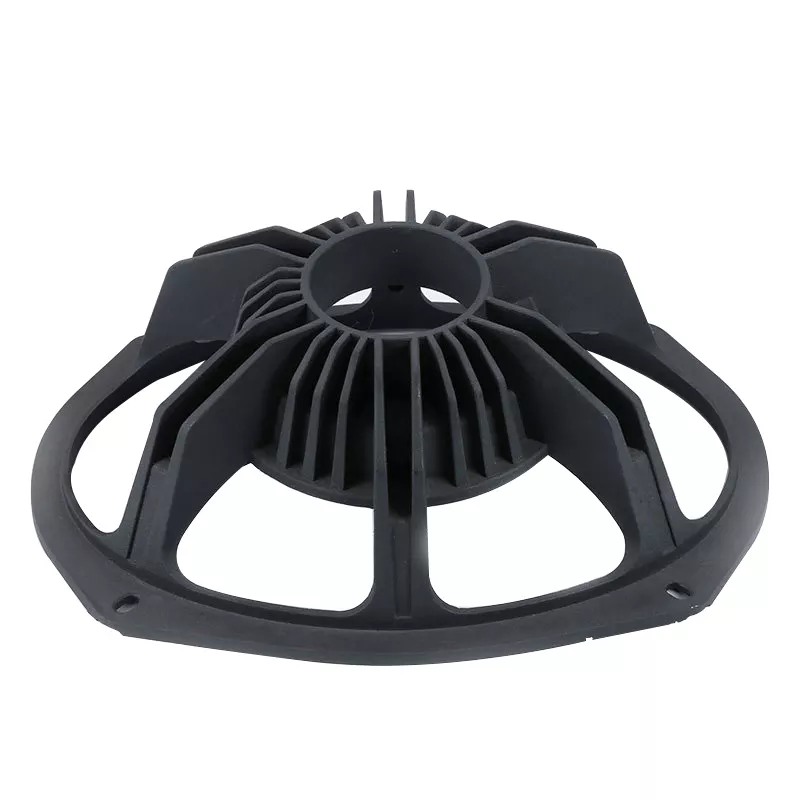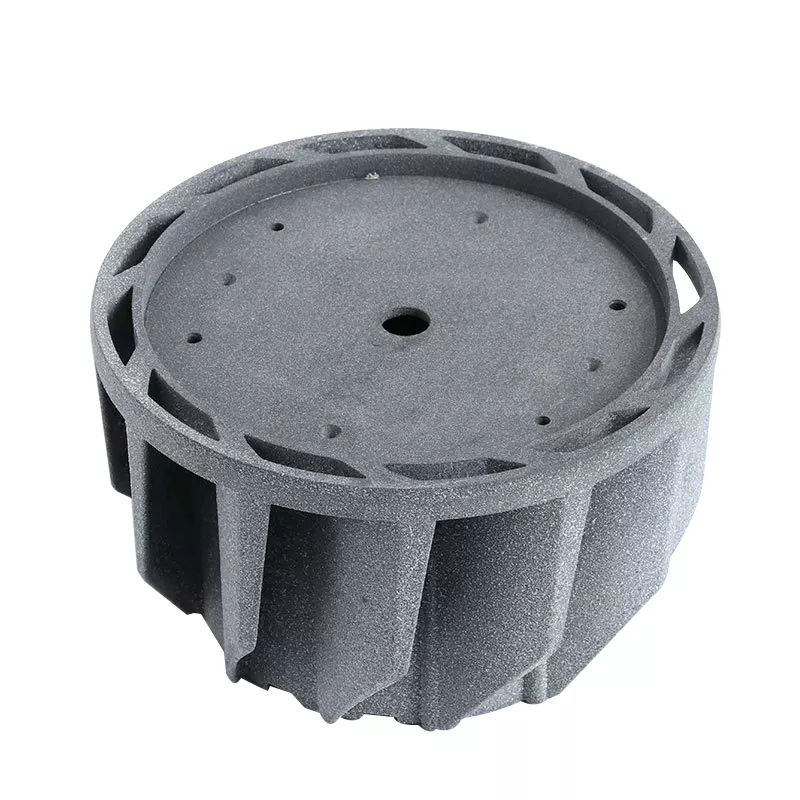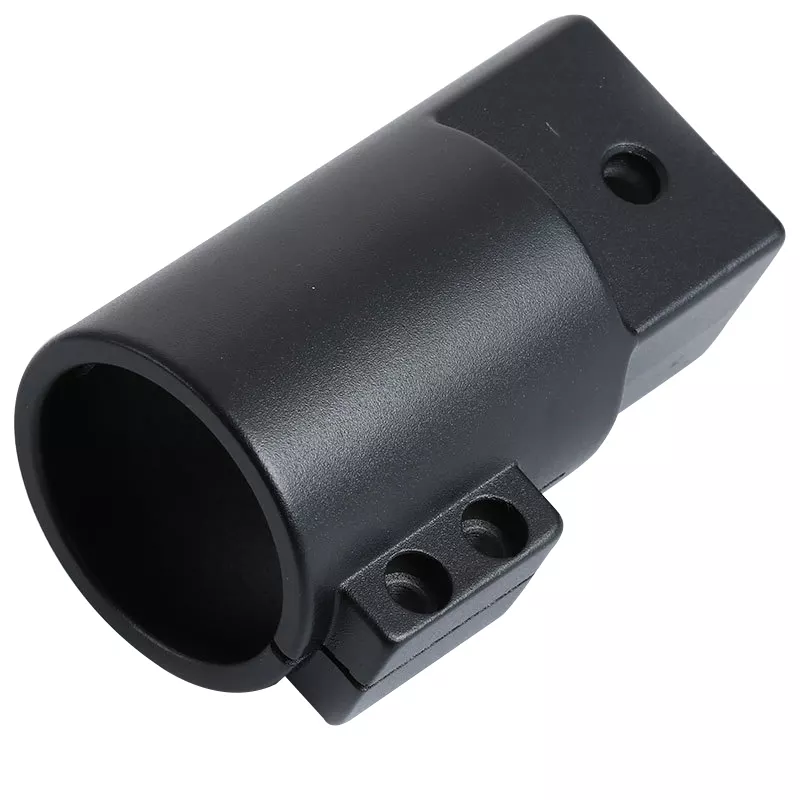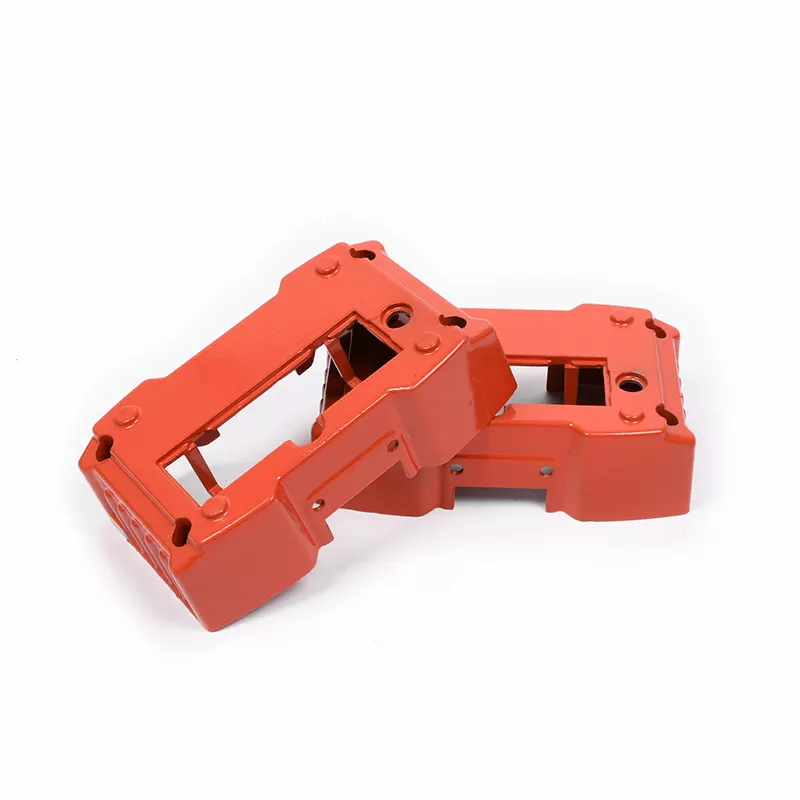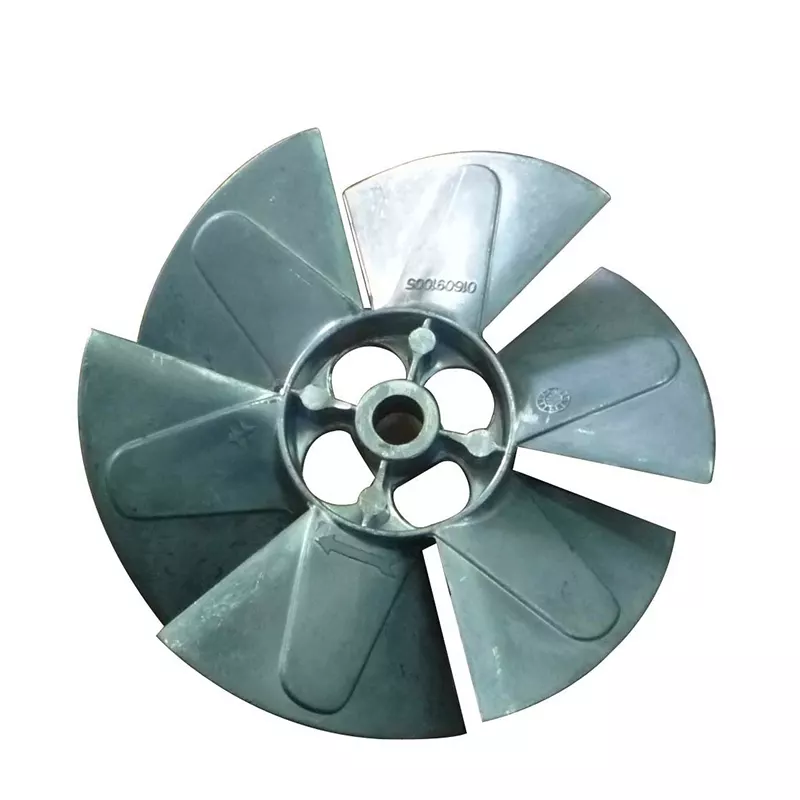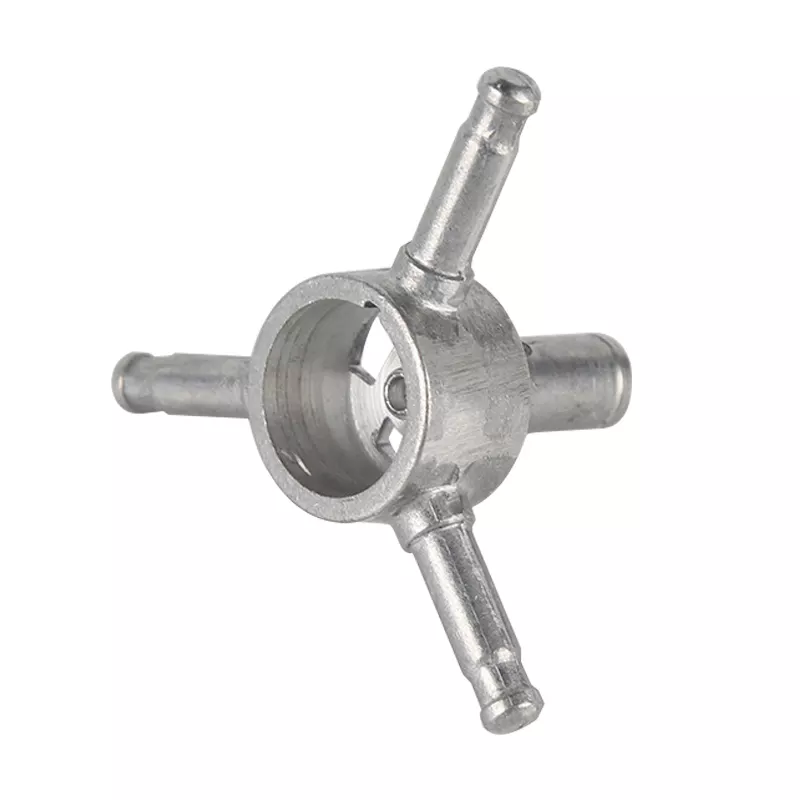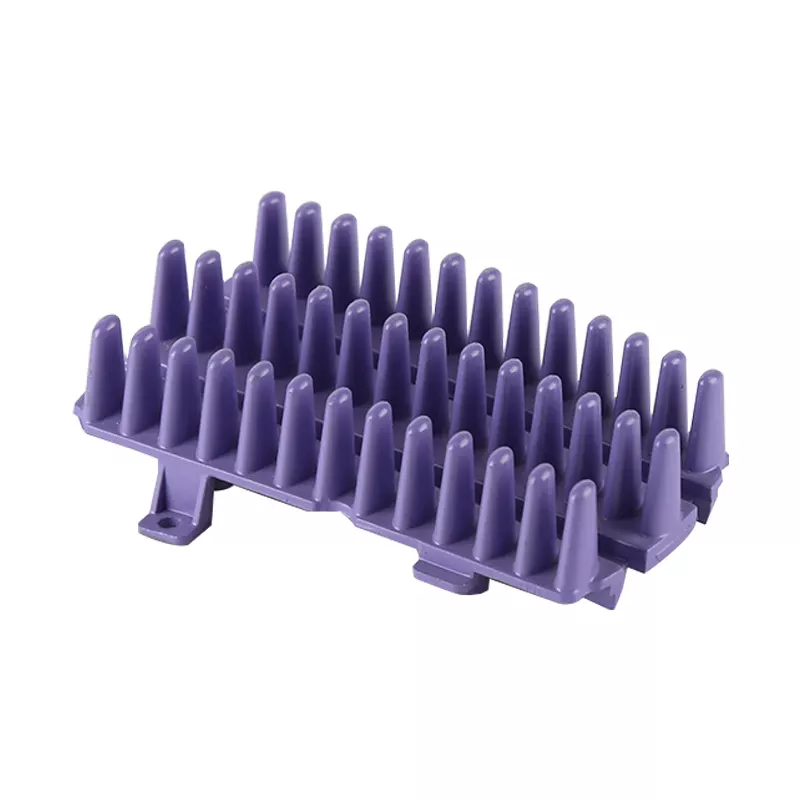With the increase in strength of steel materials, martensite is used in various steels. However, because the martensite structure is fine and complex, and the strengthening mechanism is not simple, it is very complicated to find out the mechanism to increase the strength. In addition, there are original austenite grains, flaky structure and lath structure in martensite, and there are still many unclear points about their influence on the mechanical properties of steel. Therefore, some research reports have used the nano-molding method to measure the hardness in the martensite, and studied the influence of the martensite structure on the hardness of the steel.
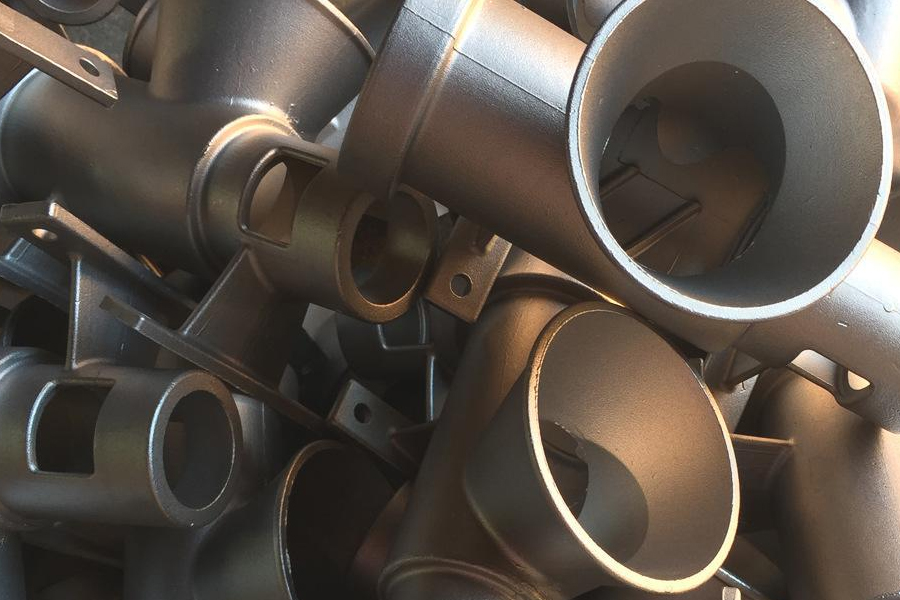
The matrix structure is martensite, and the TRIP martensitic steel (TM steel) that effectively utilizes the martensite-austenite mixed phase (MA phase) is expected to become 1.5MPa for cold stamping and hot stamping of car parts Grade ultra-high-strength steel plate. Previous research reports pointed out that the retained austenite (R) characteristics of TM steel will vary greatly due to the difference in cooling rate after austenitization. There are research reports on the influence of the cooling rate after austenitization on the tensile properties and impact toughness of TM steel.
Ultra-high-strength TRIP-type martensitic steel (TM steel) with a matrix of lath martensite structure has ultra-high strength and good stretch flangeability, so it is expected to become a new generation of high-strength steel plates for automobiles. The TM steel is produced by performing isothermal transformation treatment (IT treatment) below the martensitic transformation end temperature (Mf), but there are few research reports on the influence of IT treatment temperature on formability. The research report investigated the influence of IT treatment temperature on the tensile properties and formability of TM steel sheets. In addition, there are research reports on the relationship between the formability of the TM steel sheet, the fine structure and the metallic structure such as the characteristics of retained austenite (R).
The tensile properties of DP steel are greatly affected by the hardness and volume ratio of martensite (hereinafter referred to as "M") as a strengthened structure. Moreover, it is well known that the ductile fracture behavior of DP steel is closely related to M. However, with regard to changes in the composition of the steel sheet and heat treatment conditions, not only the hardness of M will change, but also the volume fraction and shape of M will also change at the same time. Therefore, it is difficult to simply evaluate the effect of M hardness on ductile fracture behavior. Evaluation. A research report investigated the influence of M hardness on the tensile properties and hollow formation of DP steel with tempering control hardness.


